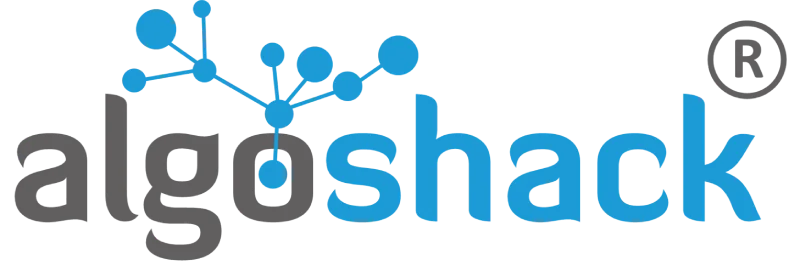ReactJS has been selected as the best web framework by 69.28 per cent of respondents in a survey conducted by Stack Overflow Developer Survey 2021.
Curious to know why ReactJS is so popular and part of global behemoths?
We will explain all about ReactJS that you need to know, and more in the following sections. Stay with the passage and consult algoQA for automation with ReactJS today.
ReactJS as a Technology
ReactJS is a Meta (formerly Facebook) owned open-source JavaScript library. This advanced technology is primarily used for front-end web development to create reusable UI elements and better user interfaces.
It was developed by Facebook in 2011 for its internal application and made open source in 2013. The technology of React js or ReactJS took front-end development and UX by storm and became a favourite tool for Developers and software testing.
ReactJS helps developers with lightning-fast development, an easier learning curve, and a flourishing professional community of ReactJS developers. It means developers can consult each other and help to resolve the roadblocks.
ReactJS: A Game Changer for Front-End Development and UX
Functional and Pleasing User Interfaces
Front-end developers create visible parts of the website. Visitors decide to explore further or leave the website according to look and feel of the website. Therefore, it is crucial to provide an easy-to-navigate, appealing to the senses, and engaging website for higher traffic and conversion.
ReactJS provides easier and more functional user interfaces compared to other contemporary JavaScript libraries. The technology uses declarative programming. It describes your desired outcome when code displays instead of a step-wise process to achieve the desired outcome.
The system automates the process, allows the program to figure out itself, and therefore saves a lot of time in the process.
In addition, debugging and maintenance is easier with ReactJS. It saves precious time for businesses
High-Speed Loading and Performance
Netizens decide to stay or leave the app within seconds. Slow loading, buffering, and delayed response are unforgivable in contemporary times. ReactJS with Virtual DOM retains all the changes conducted in the user interface within memory.
It updates and renders the original Document Object Layout (DOM) after finding the least expensive method. ReactJS solved the standardisation of server-side rendering and enhanced UX through efficient front-end development. The virtual DOM method is known as Reconciliation. It minimises the number of updates and ensures faster and better operation of complex web applications.
Component Reusability
Components used in ReactJS are independent of each other. They have their separate logic and can be reused multiple times for different applications. Developers can write once and apply at several places easily.
Higher Flexibility for Front End Development
ReactJS does not require an architectural structure for app development. Developers can comfortably conduct software testing and develop the interface with knowledge of fundamentals only. It makes the process a smooth run.
Unidirectional Data Flow with ReactJS
React js ensure code stability with the one-way data flow. It provides a reliable solution to manage the interplay of applications and data. The technology provides a predictable web application state.
Here code stability means parent data would not affect if some changes were happening at child components. Software developers like this feature and can focus on future projects with a clear mind.
Abundant Supporting Tools to Choose From
Abundant Supporting Tools to Choose From
According to Statista, ReactJS is the most popular web framework in 2022. The technology offers a bouquet of tools to support developers and makes their work easier. React js also has a thriving community of professionals, ready to support each other in case of any glitches.
As this is an open-source platform supported by a community of developers, there is an abundant supply of resources, tutorials, and guides.
ReactJS for SEO
ReactJS helps front-end developers to create stunning and easy-to-navigate applications. It boosts traffic and landing page visits. Therefore, improves page ranking on search engine result pages.
Businesses can use a better-performing web application to better their SEO endeavours and boost revenue.
It is evident how ReactJS has revolutionised front-end development and UX for better business prospects and test automation. Therefore, consider ReactJS for your organisation now.
Challenges for ReactJS Applications for Test Automation with Selenium
Selenium is an open-source test automation framework. It authenticates web applications on multiple platforms and browsers. Organisations can utilise several programming languages such as Python, C++, and Java to create Selenium test scripts.
Selenium can work in tandem with ReactJS for software testing and test automation on web pages and user interfaces.
Selenium framework with ReactJS-based automation has the following challenges:
- Multiple browsers, versions, and resolutions make cross-browser automation testing a challenging task for testers
- Selenium performs tests in sequence. It proves to be less effective for cross-browser testing.
- Sync issues, suppose we expect a page or pop-up to occur immediately after opening the website, but it does not appear like cookies permission.
- E-commerce sites like Amazon with ReactJS are made on a dynamic framework. It frequently changes according to prices, festive offers, etc.
- Selenium finds it difficult to test automation because locators might find it difficult to integrate with web elements.
- False negative and false positive test automation results
- Application pop-ups and notifications handling
- OTP and captcha handling
- Generating and maintaining test automation reports
- Selenium does not support mobile applications testing. It is used primarily for web application testing on desktop.
Role of Frameworks like Protractor, Playwright, and Cyprus to Help with Challenges
Frameworks like Playwright, Cyprus, and Protractor work as a cover around Selenium. These tools help with test automation and simulate user interaction with applications for multiple mobile devices and browsers. It ensures end-to-end software testing and overcomes challenges..
Concluding Remarks
Reimagine glitch-free test automation with the AI-powered algoQA platform. algoQA is an end-to-end platform leveraging Low-Code-No-Code techniques and produces scripts in the technologies of your choice. algoQA supports Cypress, Playwright, and Protractor in addition to Selenium and is a perfect choice for applications with front-end developed using ReactJS.
Explore more about algoQA here and book a demo at AlgoShack today



